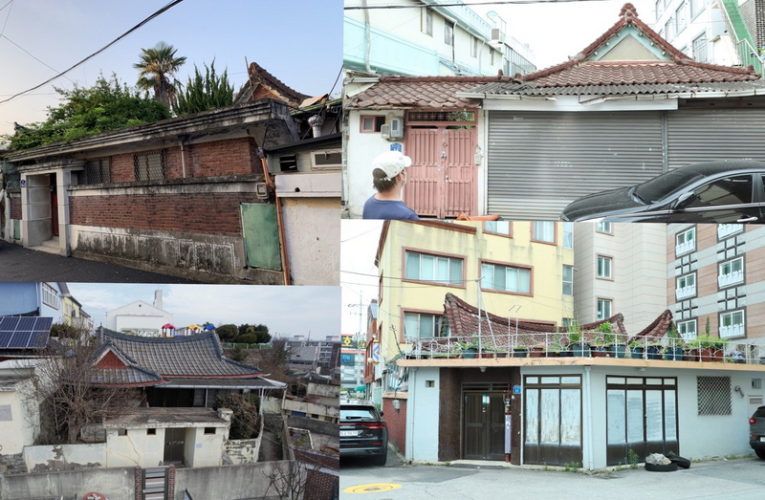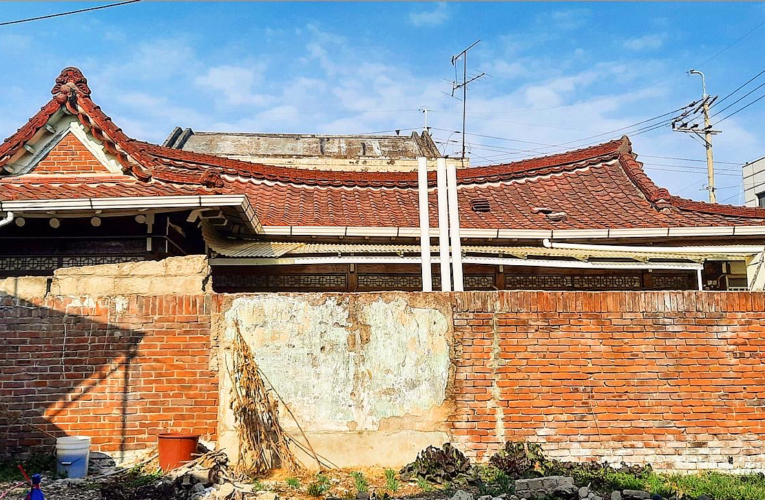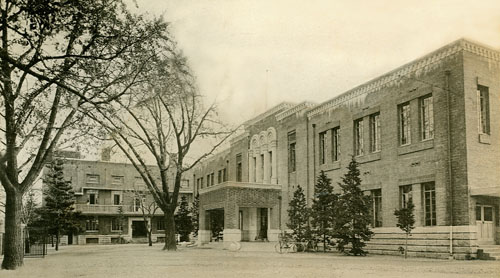Chapter 5: Detailing the Doors, Windows, and Gates of Gwangju’s Mass-Produced Hanok
Influences from China, Japan, and Western culture made a lot of distinctive hanok in Gwangju and Jeonnam during the modern period. In addition, those designs survived through the 1960–70s after being selected and simplified by developers and became a standard for city hanok in Gwangju. There are two main types of 1960–70s hanok: “round type” and “square type.” Round-type models have an especially distinctive style compared to other regions, and we can say these were one of the last evolutions of hanok as normal houses in Korea.









